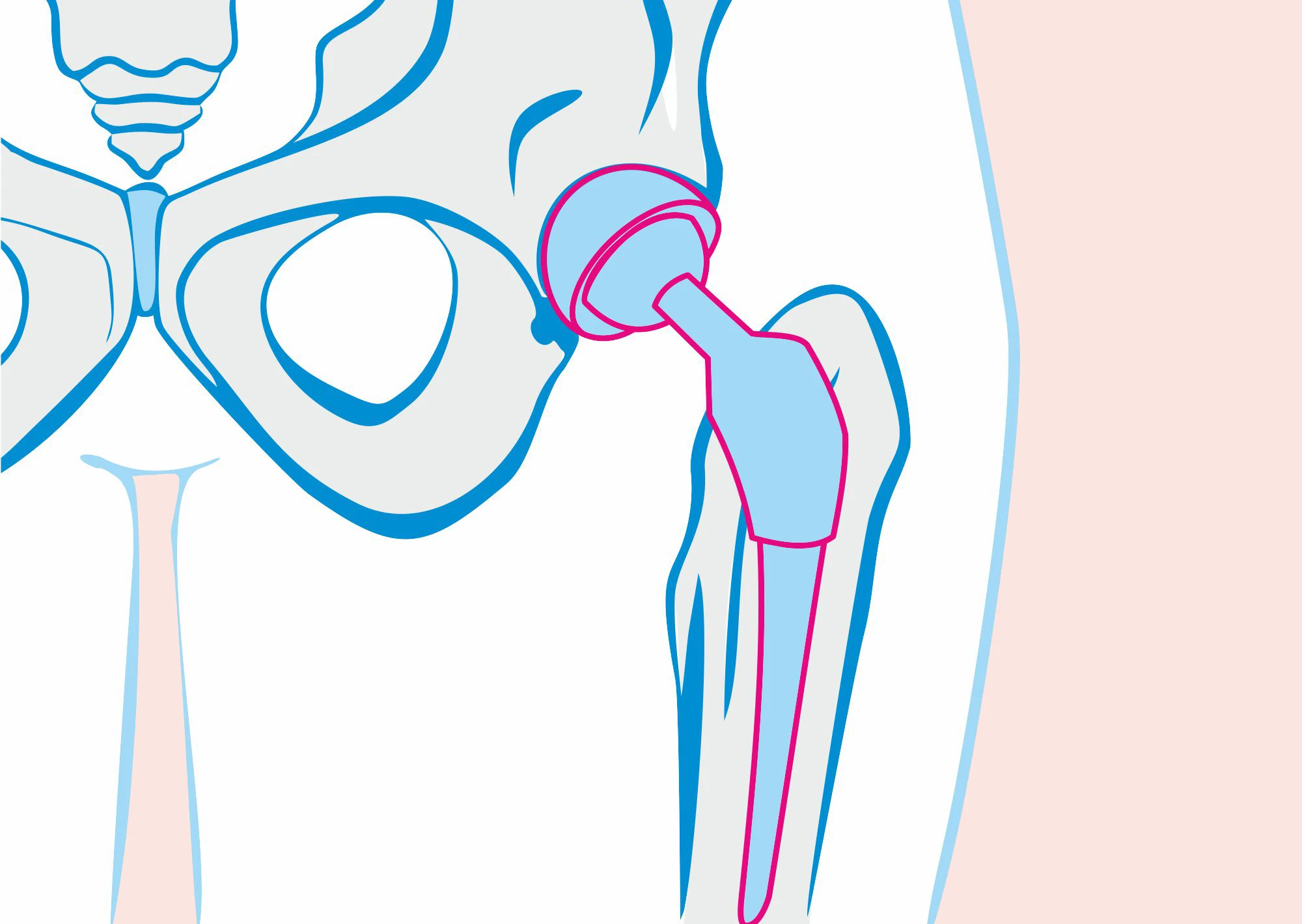To provide services at the highest level, we use cookies. Using the website requires you to choose settings related to their storage on your device. If you want to know what each type of cookie is used for, click the Details button below.
What mattress to choose with a hip endoprosthesis?15 grudnia 2023 |
 |
After hip endoprosthesis implantation, it is recommended to choose a mattress of medium firmness (6.5), which will provide adequate support and dynamics. Specialists recommend the Osaka Air mattress, which has key functionalities important for meeting the needs of individuals with hip endoprostheses.
After hip joint replacement, it is important to pay special attention to sleep conditions, but the bed itself is not crucial. The bed frame is significant, with at least 20 slats providing proper stability for the mattress and promoting ventilation. However, the priority is the choice of an appropriate and functional mattress. It should be a mattress constructed with several layers, each serving a specific role. It is good for the first layer to be made of high-density foam, with the second layer being memory foam.
Yes, because it will not provide support to the hips, pelvis, and spine. Especially after hip endoprosthesis implantation, it is important to avoid overly soft mattresses that can lead to discomfort and hinder rehabilitation. The recommended Osaka Air mattress ensures proper recovery, as endorsed by experts.
No, because memory foam lacks dynamics and is completely devoid of resilience. As a result, memory foam sinks and engulfs the body. This lack of support can lead to health issues and make it difficult to get up from the mattress. Many people also complain about excessive sweating on memory foam mattresses. Therefore, they are not recommended for individuals with hip endoprostheses.
Hip pain on a memory foam mattress indicates a lack of proper support. Memory foam completely succumbs to temperature and pressure, characterized by zero dynamics. It collapses under the influence of temperature and pressure, especially in the hip and lumbar spine area. Consequently, such a mattress does not provide good support and exacerbates pain symptoms. Individuals with a replaced hip joint should strongly avoid it.